“It is the season of circumcision here. Hundreds of people have been circumcised across this region and the community is unstoppable,” he said.
According to the Kenyan Priest, who is a native of the Marakwet subtribe of the Kalenjin community of Kenya, circumcision happens every 10 years, and the last was conducted in 2014.
 Credit: Fr. Amos Kimutai
Credit: Fr. Amos Kimutai
“Our people observe the stars and when they align in some kind of manner, they interpret it as a sign to start circumcision. Boys and girls are circumcised. Some are usually small children of less than nine years while others are married women,” he said.
Fr. Amos who has been at the helm of St. Kizito Catholic Parish for two years now told ACI Africa during the December 13 interview that circumcision among the Marakwet subtribe is held in high regard, and that those who shun it are subjected to stigma.
(Story continues below)
 Credit: Fr. Amos Kimutai
Credit: Fr. Amos Kimutai
“Children fight to undergo the cut just to be sure they will get husbands in the future. No one chooses to marry an uncircumcised woman. A man who marries an uncircumcised woman is ridiculed among his peers. That is why some grown women, some married with children, leave their families and proceed to get circumcised to escape the ridicule,” he said.
And since FGM has been declared illegal in Kenya, there are no health precautions involved by those engaging in it. Victims are not given any medical assistance to relieve their pain and to prevent infections in the process which Fr. Amos has described as “very unhygienic”.
 Credit: Fr. Amos Kimutai
Credit: Fr. Amos Kimutai
“Some girls bleed to death,” he said, adding that more FGM-related complications arise in the future when mutilated women are forced to undergo an operation during childbirth.
While some older women yield to societal pressure to undergo circumcision, children are often coerced into the act, Fr. Amos told ACI Africa, and continued, “Many are waylaid on the road, pushed into the bushes and forcefully circumcised without the consent of their parents. The parents are then made to pay for it.”
Some girls running from their homes to escape FGM land at St. Kizito Catholic Parish, from where they are referred to a safe house, miles from the Parish. Fr. Amos has already referred 75 circumcised girls to the safe house to shield them from forced marriages.
 Credit: Fr. Amos Kimutai
Credit: Fr. Amos Kimutai
“I have lost count of the girls I took to the shelter to protect them from FGM,” he said, adding, “My deepest desire has been to keep the girls here with me but I don’t have anything. No dormitory, no facilities, no food for them.”
“I try to keep the children engaged here at the Parish as much as I can, especially during the circumcision season. Last week, we had a chain of week-long activities here to keep our Pontifical Missionary Children (PMC) engaged,” he said.
This week, Fr. Amos continued, “it is the turn of the youth who are undergoing a seminar at the parish premises. We try to educate them against the dangers of FGM while practically keeping them safe within our reach. But we know that with more facilities, we can keep them safer here. Sometimes when they leave this place, they get waylaid on the road and get circumcised.”
 Credit: Fr. Amos Kimutai
Credit: Fr. Amos Kimutai
“FGM is a thriving business here,” Fr. Amos told ACI Africa, and added, “Families pay some money, maize and sheep or goats to have their daughters circumcised. This is one of the factors that make the fight against FGM challenging.”
The Kenyan Catholic Priest says that some parents support his initiatives in silence for fear of attracting the wrath of the community that believes in FGM.
 Credit: Fr. Amos Kimutai
Credit: Fr. Amos Kimutai
In his fight against the vice, Fr. Amos puts his life on the line, he says, and adds, “I know the dangers I face every day.”
“Those who speak about FGM are ‘visited’ by the community elders and warned. But I strive to live like Amos in the Bible who championed social justice. I know I must be the voice of these voiceless children who undergo circumcision against their will,” Fr. Amos told ACI Africa during the December 13 interview.
Agnes Aineah is a Kenyan journalist with a background in digital and newspaper reporting. She holds a Master of Arts in Digital Journalism from the Aga Khan University, Graduate School of Media and Communications and a Bachelor's Degree in Linguistics, Media and Communications from Kenya's Moi University. Agnes currently serves as a journalist for ACI Africa.
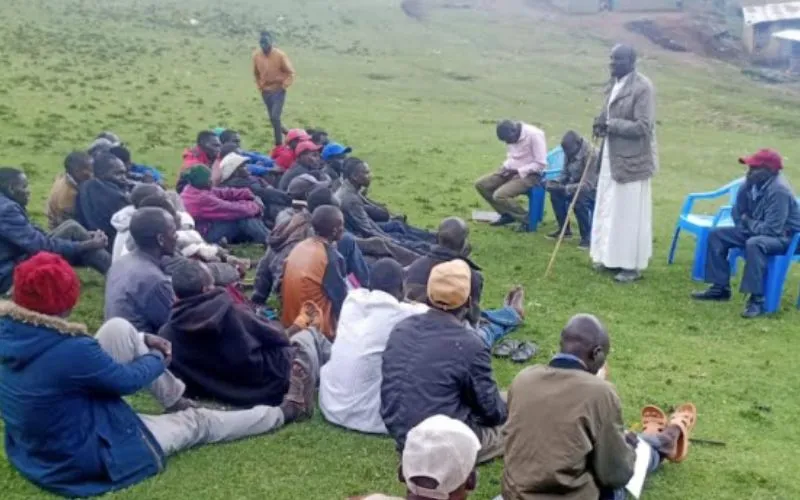 Credit: Fr. Amos Kimutai
Credit: Fr. Amos Kimutai


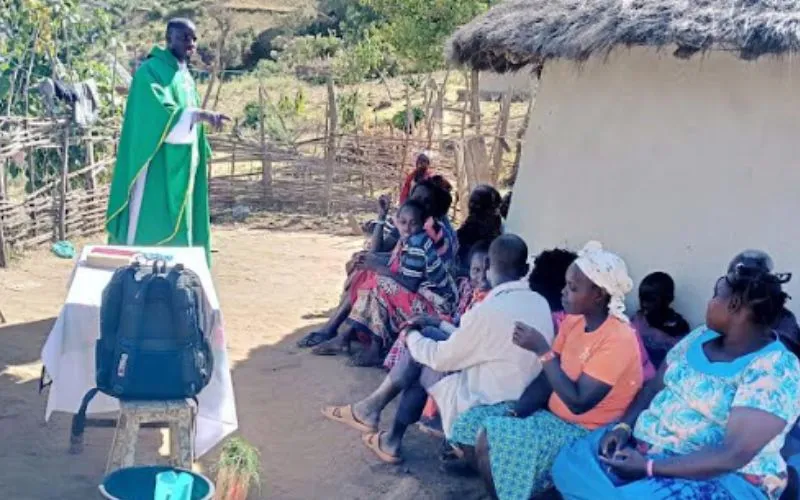
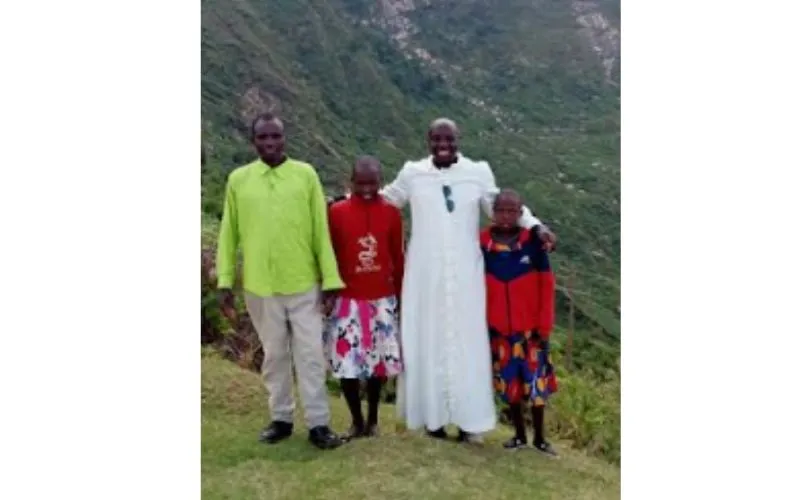 Credit: Fr. Amos Kimutai
Credit: Fr. Amos Kimutai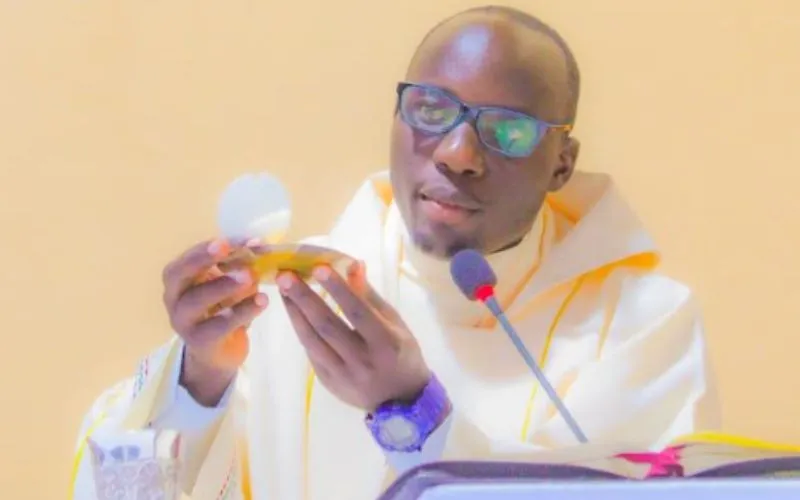 Credit: Fr. Amos Kimutai
Credit: Fr. Amos Kimutai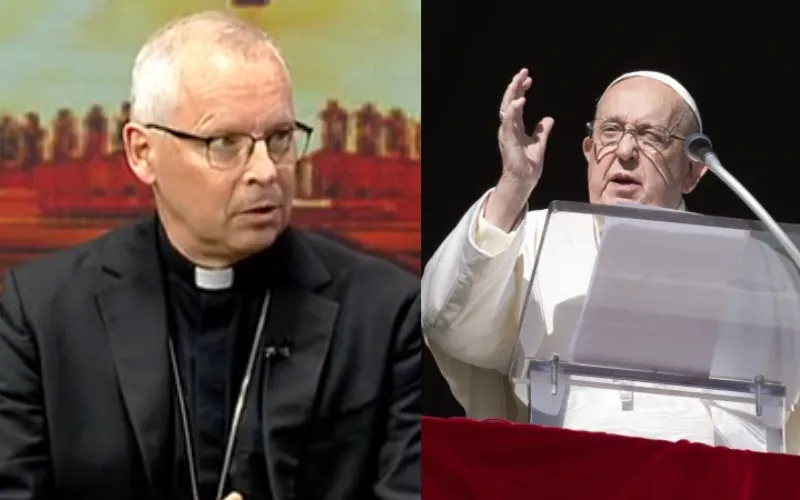
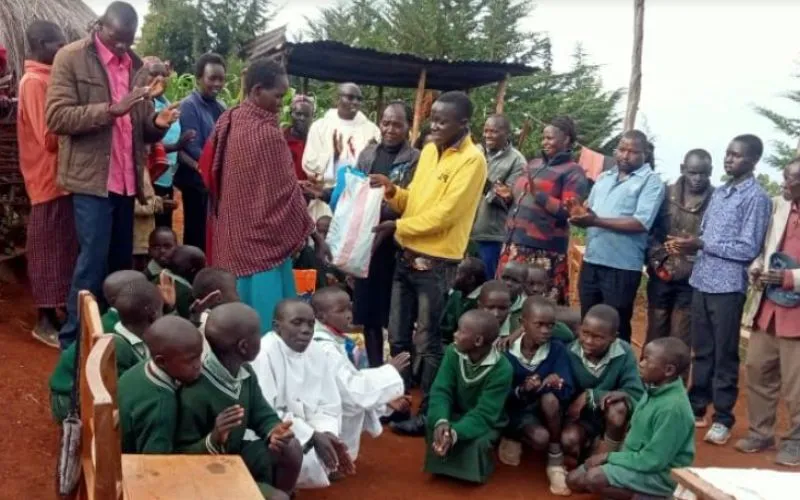 Credit: Fr. Amos Kimutai
Credit: Fr. Amos Kimutai Credit: Fr. Amos Kimutai
Credit: Fr. Amos Kimutai Credit: Fr. Amos Kimutai
Credit: Fr. Amos Kimutai Credit: Fr. Amos Kimutai
Credit: Fr. Amos Kimutai Credit: Fr. Amos Kimutai
Credit: Fr. Amos Kimutai Credit: Fr. Amos Kimutai
Credit: Fr. Amos Kimutai Credit: Fr. Amos Kimutai
Credit: Fr. Amos Kimutai


